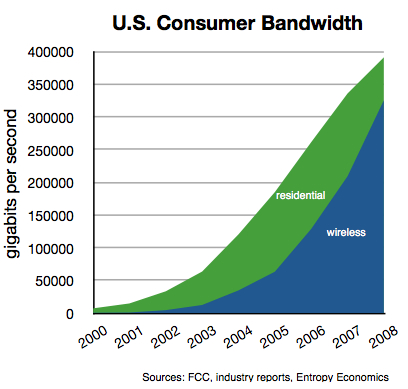See my new Forbes.com commentary on the Microsoft-Yahoo search partnership:
Ballmer appears now to get it. “The more searches, the more you learn,” he says. “Scale drives knowledge, which can turn around and drive innovation and relevance.”
Microsoft decided in 2008 to build 20 new data centers at a cost of $1 billion each. This was a dramatic commitment to the cloud. Conceived by Bill Gates’s successor, Ray Ozzie, the global platform would serve up a new generation of Web-based Office applications dubbed Azure. It would connect video gamers on its Xbox Live network. And it would host Microsoft’s Hotmail and search applications.
The new Bing search engine earned quick acclaim for relevant searches and better-than-Google pre-packaged details about popular health, transportation, location and news items. But with just 8.4% of the market, Microsoft’s $20 billion infrastructure commitment would be massively underutilized. Meanwhile, Yahoo, which still leads in news, sports and finance content, could not remotely afford to build a similar new search infrastructure to compete with Google and Microsoft. Thus, the combination. Yahoo and Microsoft can share Ballmer’s new global infrastructure.


